Introduction
Our daily life revolves around electronic appliances. That is why you must have a brief knowledge of volts and watts. Also, if you have some knowledge about their conversion, it is of much help to use electronics daily. For example, we can notice that a microwave oven with 1200 watts consumes double the electrical energy consumed by a 600 watts variant. Also, it produces double the heat. But If you use a higher-wattage appliance, it will not use much energy if used for a shorter period, and it is vice versa for appliances with lower wattage. That is why knowing about volts-to-watts conversion helps deal with these day-to-day issues.
This article will cover a deep knowledge about Volts, Watts, and their relationship so that you can use your electric appliances better daily. With this understanding, you can reduce your monthly power costs, thereby managing your expenditure well.
Table of Content [hide]
What Is Voltage (Volts)?
Volts or Voltage refers to the possible difference in a conducting wire between its two points. It carries 1 ampere of constantly running current once the power is dissipated between these, equivalent to one watts. Voltage, however, acts like water pressure that flows within the pipes and has a flowing capacity equal to electrons passing a point along a circuit. You can recognize volts through the 'V' symbol.
What Is Power (Watts)?
Power (Watts) is named after James Watt, and it helps measure the power flow rate through the system. In actual terms, it flows to an electrical difference of one volt. When volts are converted into Amps, it results in Watts and is recognized by the 'W' symbol. For example, watts can be understood by your car's speed.
The Relationship Between Volts and Watts
Watts and Volts are related as;
The Watts = Volts x Amperes (W = V x A)
And 1 Volt can be written as 1 watt / 1 ampere.
Herein,
Watt measures power.
Volt measures electrical potential.
Ampere measures current.
Herein, you must understand that Watt and Volt are proportionately related. It is an indication of the fact that
When Watt increases and increases the electrical current, electrical potential denoted by volts also increases. It keeps consistency in electrical current.
When a decline in electric power takes place, the volt that measures electric potential also experiences a decrease. In this process, the electric current remains constant.
The formula for Volts and Watts differs with any direct and alternate current change.
For AC, it is Pw = PF x Vv x lA
For DC, you can use the formulation as follows;
Pw = Vv x IA
Herein, Pw denotes Power in Watts
PF denotes Power Factor
Vv represents Voltage in volts
IA indicates current in Amperes.
Power Ratings
The power rating denotes The absolute electrical power required by an appliance to operate normally. It also indicates the amount of energy being transferred from the grid to provide power to any device. With the power rating, you can also know about the utmost power at which you can safely operate the electrical appliance.
You must understand that a rating for any electrical appliance denotes the Voltage at which it should be operated in the first place. It also lets you know about current consumption at the specified Voltage. You can determine any appliance's rating by the energy consumption it needs to operate.
At home, the appliances that run on electricity have readings for power, Voltage, current, etc. Through these ratings, you can understand the appliance's power consumption that is done in an hour, denoted by kW-h.
On the other hand, the rating for Voltage denotes that you can use any electrical appliance up to a given mark of the voltage range. Anything above or below the mentioned range can damage the device. In the same way, current ratings denote the proper functioning of your appliance so that they are used within the specified range of rating.
In the USA, most of the appliances use 120 Volts. However, if you have larger appliances like electric cooktops, clothes dryers, etc., this value changes to 240 Volts. You can check the list of devices and their wattage below;
|
Electrical Appliance |
Power Consumption |
|
Clothes Dryer |
1800-5000 |
|
Fan -Furnace |
750 |
|
Microwave oven |
750-1100 |
|
Portable heater |
750-1500 |
|
Laptop |
50-65 |
|
Vacuum Cleaner |
1000-1440 |
Why Volts to Watts Conversion Matters
After all the discussion about volts, watts, and power consumption, we must understand the need to convert volts to watts. It helps make calculations related to electrical or solar appliances simpler to understand. Sometimes, we require the conversion of 1 unit of power to another to understand the laws of power better.
For this, you must consider Amps, which help measure the electrical charge that flows every second if you multiply amps by volts. As a result, you can fetch not only the flow of current but the pressure with which the current is flowing. It helps get to the watts, the final power measurement.
The conversion of volts to watts helps better understand And make informed decisions regarding the power needed for running the day-to-day electrical devices. The conversion also helps determine the absolute amount of electricity the machines need to power them. So, if you are trying to conserve energy and shading some load off your electrical systems, understanding this conversion helps you make the right decision.
How to Convert Volts to Watts?
After learning the reason behind converting volts to watts, let us see how to calculate the Watt.
P(Watts) = I (Ampere) x V(Volts) where,
P = Power
I = Current in amps
V = Voltage
Let us take an example to understand the application of this formula better.
Suppose your device is running on140 Volts and uses three amps; then by applying the above formula, your calculation for watts will be;
140 x 3 = 420 watts.
Sometimes, amperage is unknown; however, you may have some information about the circuit resistance. In such cases, you can use another formula for converting volts to watts.
P(Watts) = (V)2 /R (in Ohm)
Herein, R stands for resistance.
Let us see an example to apply the above formula.
Suppose there is a circuit that has a voltage of 12V with a resistance of 2 Ohms; then, by applying the given formula, you get;
P(Watts) = (12V)2 / 2 = 72 Watts
If you can apply the formula to convert volts to watts, You will better understand the proper charging of an electric scooter or any other electrical appliance. It will also assist you with the energy requirements you need. It will also help you with monitoring your electrical bills more efficiently.
How many watts does an electric scooter need?
If you own or plan to own an electric scooter and want to know about tits-watt consumption, then we must tell you it is rangers somewhere between 250 watts to 500 watts. An electric vehicle with a heavy and powerful brushless motor that makes your uphill climbs super easy and gives you a higher torque range and impressive acceleration will also have a higher value of watts. On the Other hand, if you settle for an electric scooter with pedals, it will consume 250-350 watts but will need more of your muscle power to pull through the journey.
Conclusion
The primary factors for determining the energy used by any electrical appliance depend upon the time it is used and the power with which it is used. A basic understanding of power units, Volts, and watts is required. By knowing about converting volts to watts, you can use your electrical appliances more efficiently daily. Overcharging will be prevented as an added advantage, thereby cutting down your power consumption along with damage to the electrical device due to overcharging.
As we have discussed the formula for volts to watts conversion, you can use it for your daily electrical consumption. You can also gauge the efficiency and compatibility of power setup for distinct electrical components. It will help you utilize the energy produced by your solar power setup.
Frequently Asked Question
How many volts are in a watt?
1 Watt = One Volt x 1 Amp
Suppose you convert 120 Volts to Watts with 2 amperes of current in a DC circuit. Then,
P = 120 V x 2 A = 240 watts










 S2 SE
S2 SE
 KS4 Pro
KS4 Pro

 TITAN
TITAN
 Titan Pro
Titan Pro
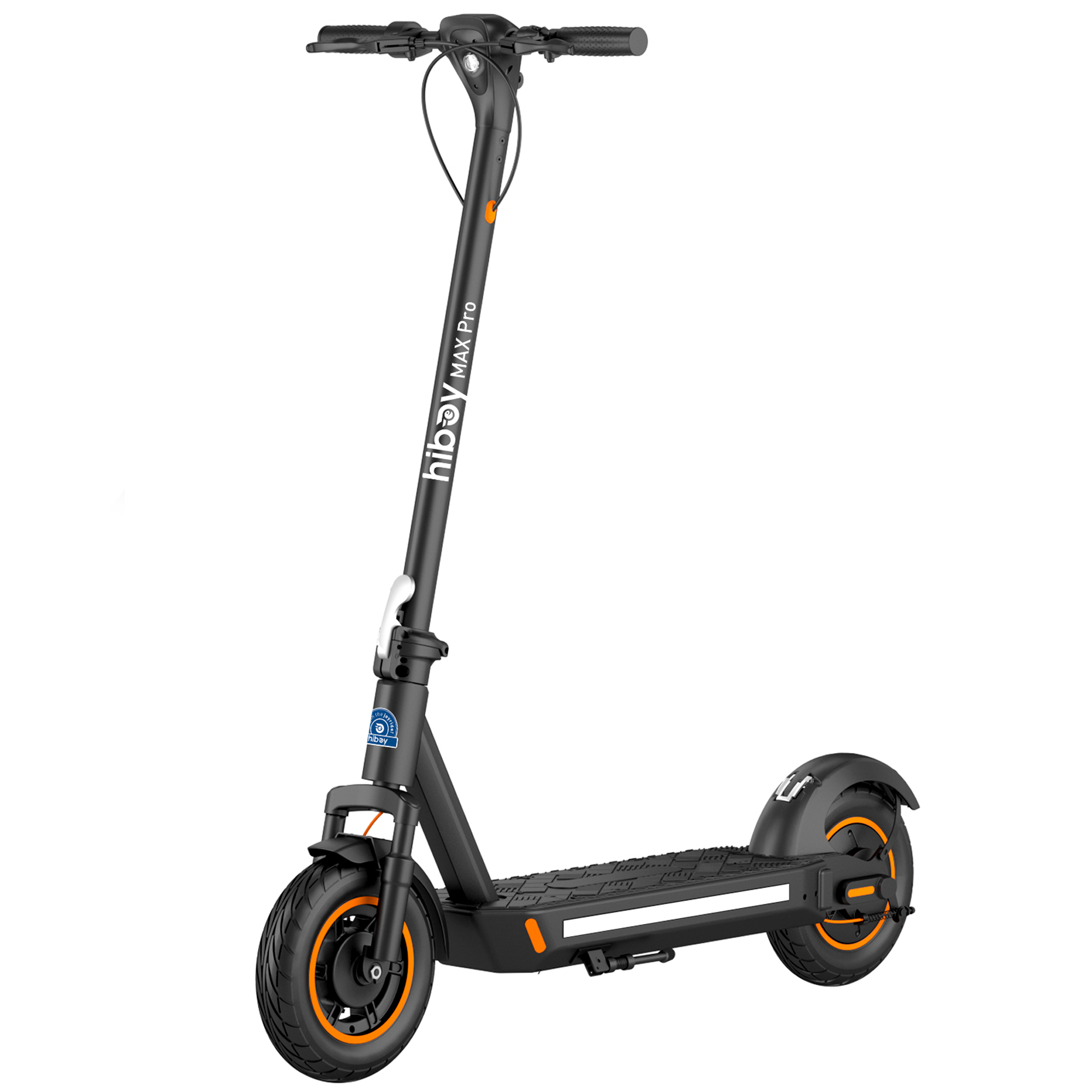 MAX Pro
MAX Pro
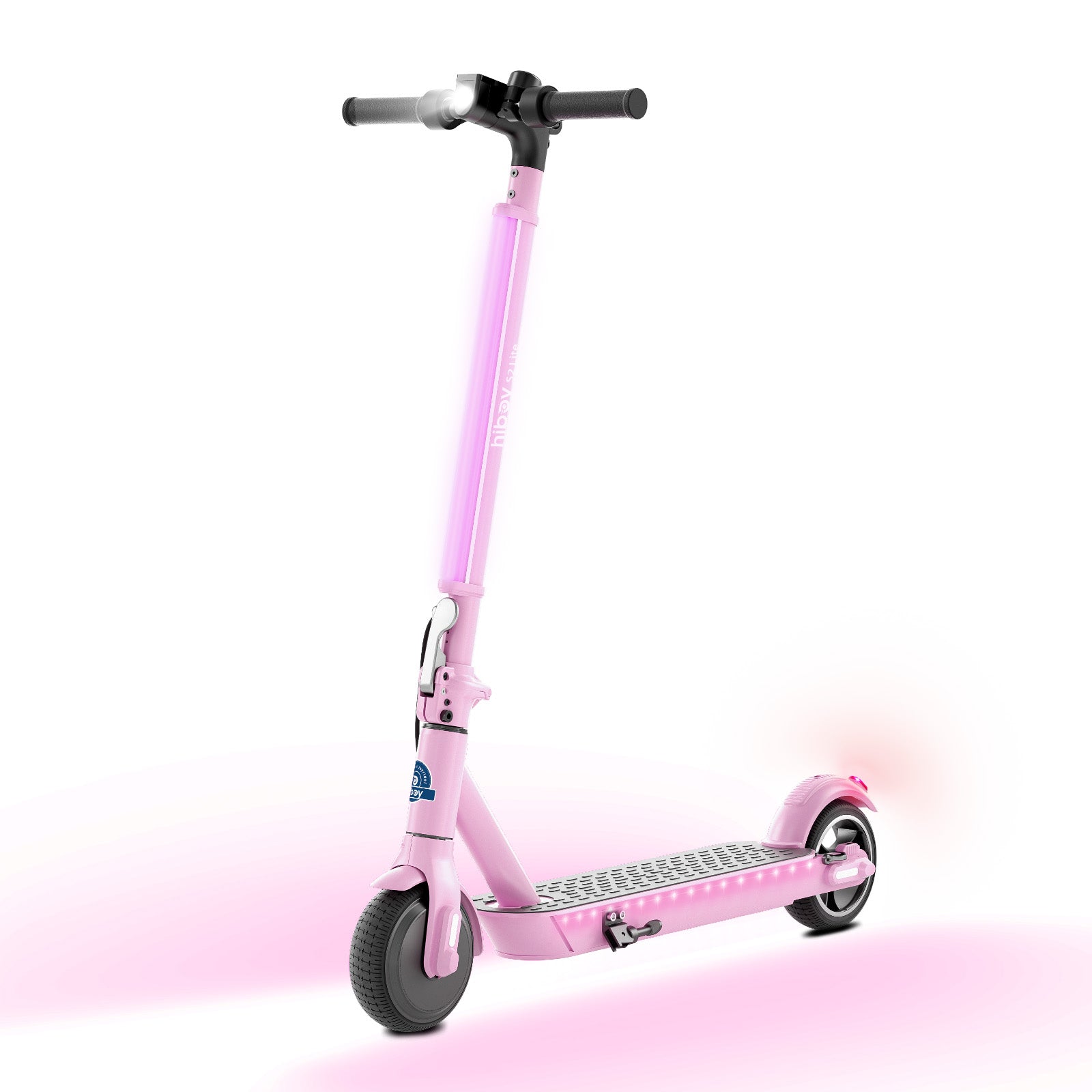 S2 Lite
S2 Lite
 Light-Weight & Portable
Light-Weight & Portable
 Long Range
Long Range
 For Heavy Riders
For Heavy Riders
 Big Wheel
Big Wheel
 With Seat
With Seat
 Fast
Fast





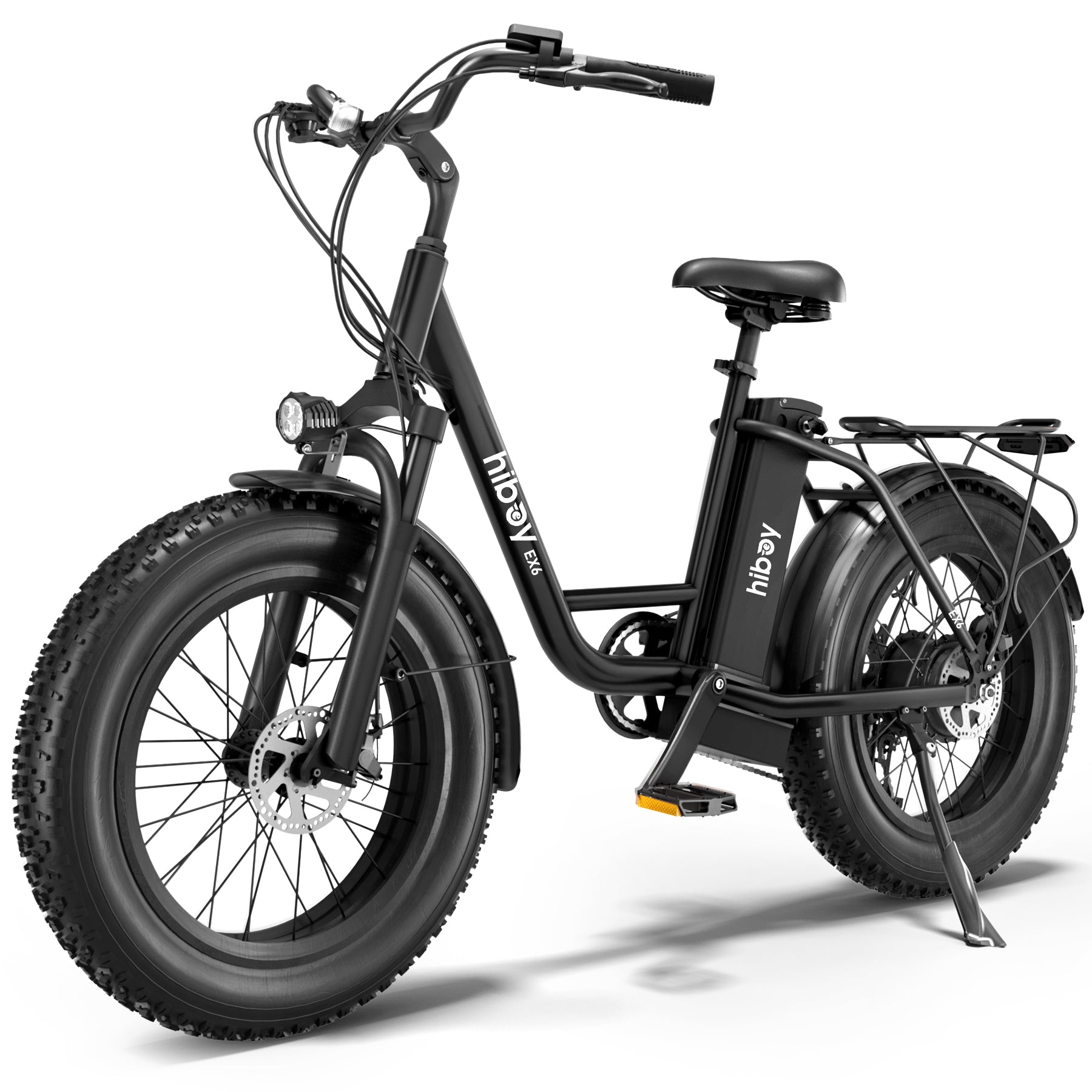 EX6
EX6
 P6
P6
 P7
P7
 C1
C1

 DK1
DK1
 BK1
BK1
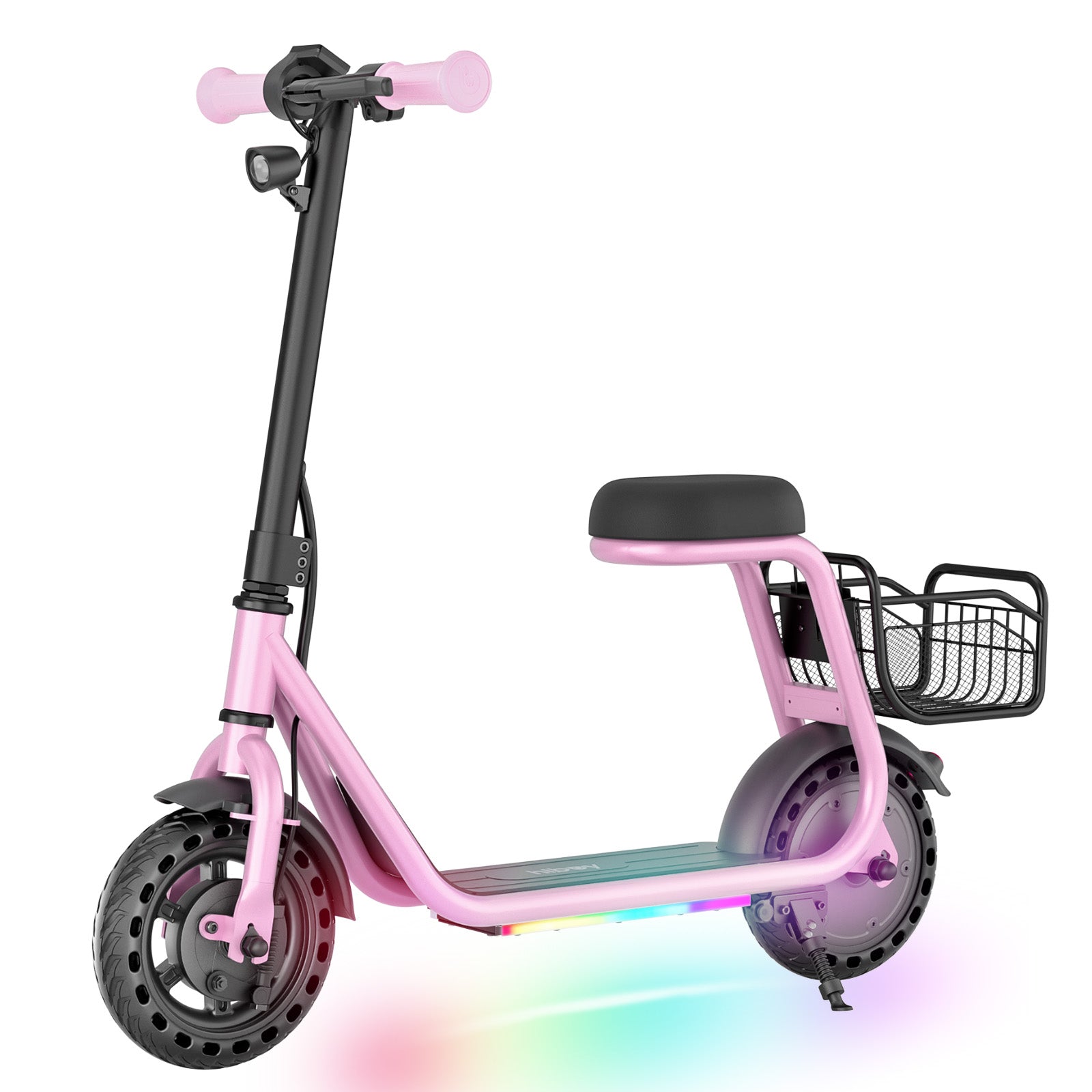 Q2 Lite-A
Q2 Lite-A
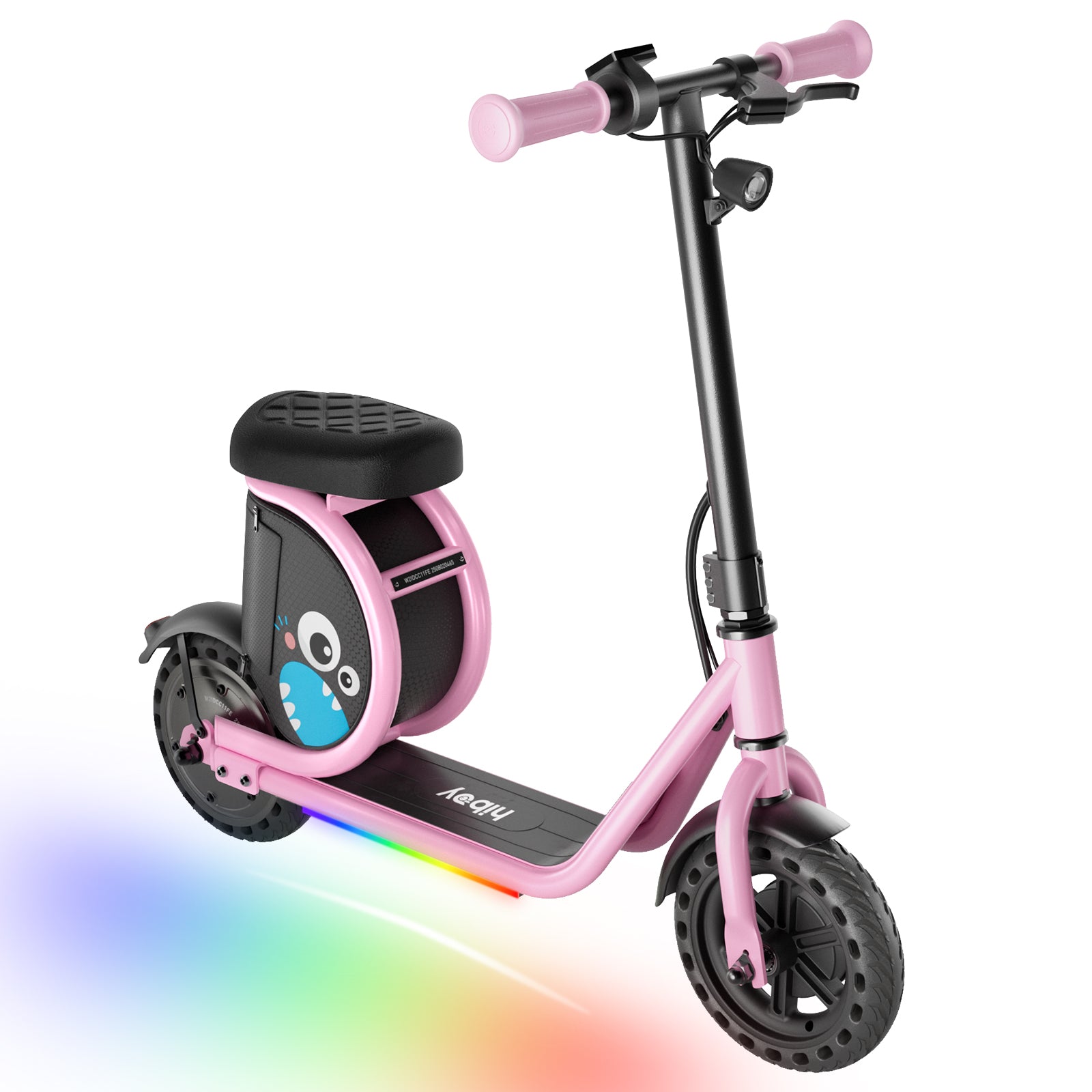
 ES-1
ES-1









Leave a comment
This site is protected by hCaptcha and the hCaptcha Privacy Policy and Terms of Service apply.